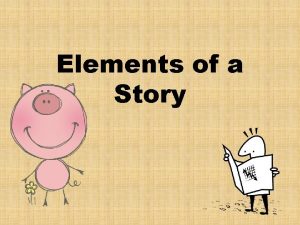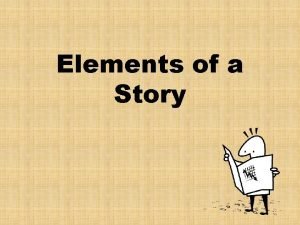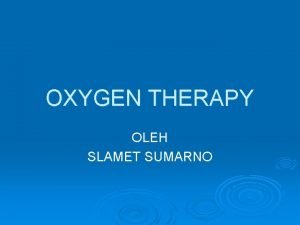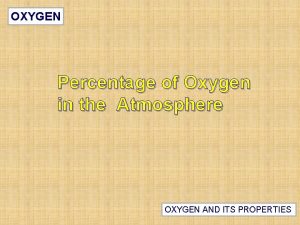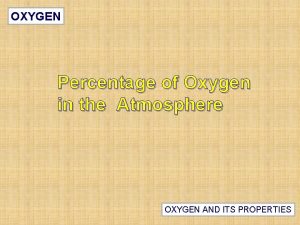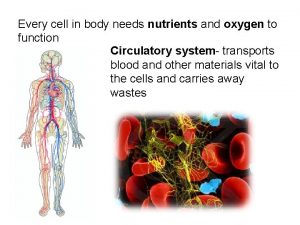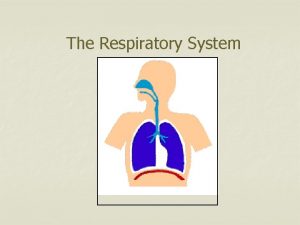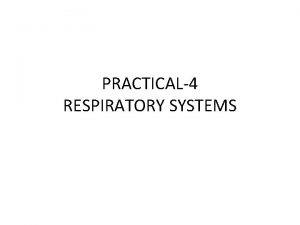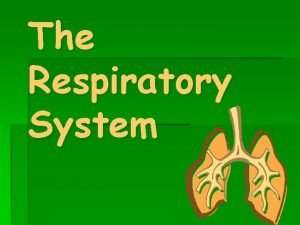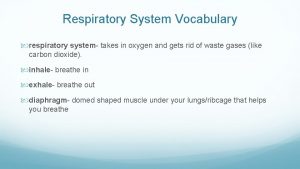Types of Respiratory Systems Every cell needs oxygen












- Slides: 12

Types of Respiratory Systems

Every cell needs oxygen. So the big question is. . .

Small Organisms (single or few cells) • Single-celled organisms can simply absorb oxygen from the environment through simple diffusion. • No circulatory or pulmonary system is needed. • A large, moist surface area to live in is all that’s required. • In other words these organisms have a high S: V ratio to be able to absorb all the oxygen needed.

Small Organisms (2) (single or few cells) • As organisms get larger, their S: V gets smaller. • At some point it becomes too big to allow the organism to obtain oxygen by diffusion.

Complex Water Organisms • Water is a more efficient exchange medium for oxygen (than air) • But water has a lower percentage of Oxygen dissolved in it (than air)

Complex Water Organisms (2) • These organisms have developed gills to maximize surface area Constant circulation of water

Tracheal Systems • Some land animals have their respiratory surfaces inside the body and connected to the outside by a series of tubes. • Tracheae are these tubes that carry air directly to cells for gas exchange. • Spiracles are openings at the body surface that lead to tracheae that branch into smaller tubes known as tracheoles. • Body movements or contractions speed up the rate of diffusion of gases from tracheae into body cells. • Tracheal systems will not function well in animals whose body is longer than 5 cm.

Tracheal Systems

Complex Land Animals • Air is a less efficient medium from which to obtain O 2 than water • But, air has a higher percent of O 2 than water • Lungs evolved to maximize surface area – S. A. of tennis court – Intercostal muscles & diaphragm allow exchange of air in lungs

Respiratory System Principles 1. Movement of an oxygen-containing medium (air/water) so it contacts a moist membrane overlying blood vessels. 2. Diffusion of oxygen from the medium into the blood. 3. Transport of oxygen to the tissues and cells of the body. 4. Diffusion of oxygen from the blood into cells. 5. Carbon dioxide follows a reverse path.


Next…. • The Human Respiratory System
 Conducting zone of the respiratory system
Conducting zone of the respiratory system Every country and every nation
Every country and every nation Microsoft mission statement
Microsoft mission statement Every knee shall bow every tongue confess
Every knee shall bow every tongue confess Every rotarian every year
Every rotarian every year Every nation and every country
Every nation and every country Every picture has a story and every story has a moment
Every picture has a story and every story has a moment Every child every day
Every child every day Every story needs
Every story needs Exposition
Exposition Primary needs and secondary needs
Primary needs and secondary needs Primary needs and secondary needs
Primary needs and secondary needs Henry murray theory
Henry murray theory








